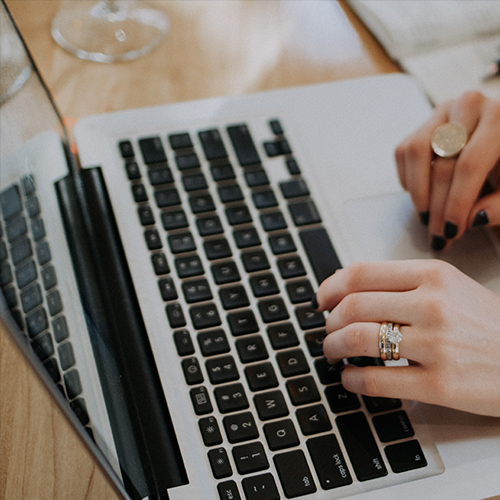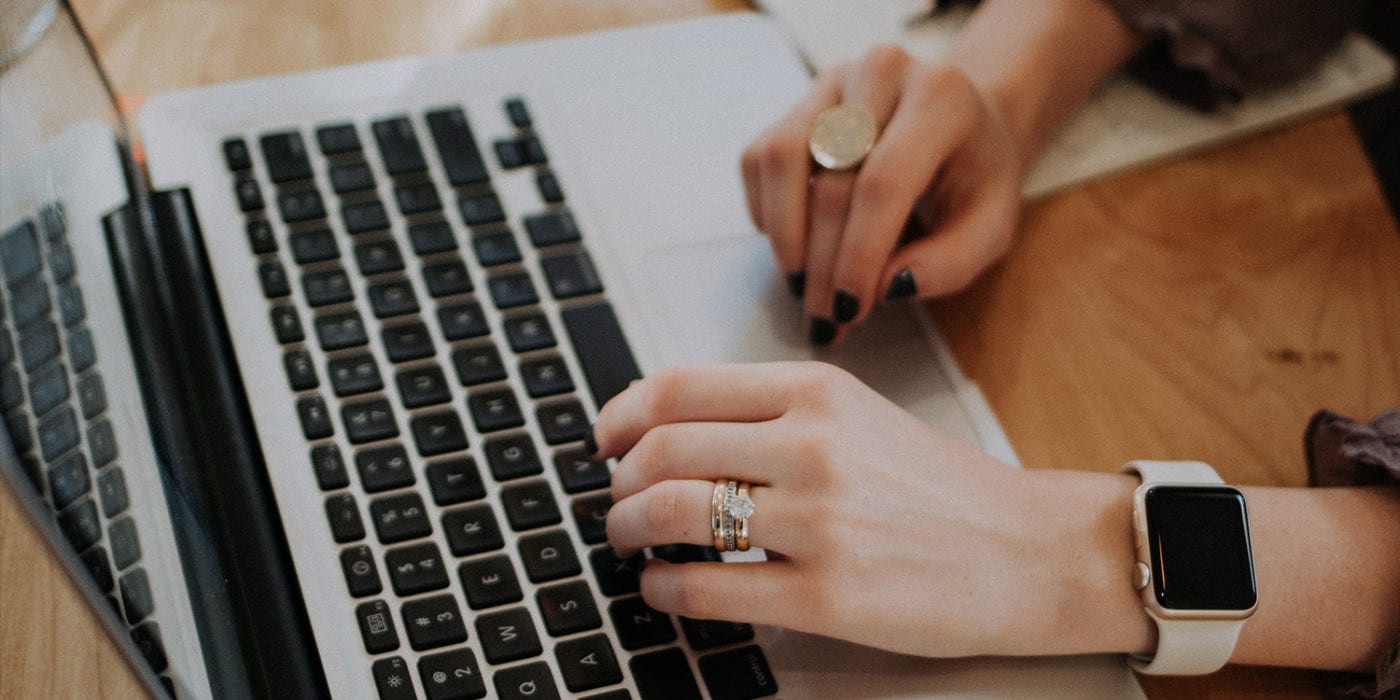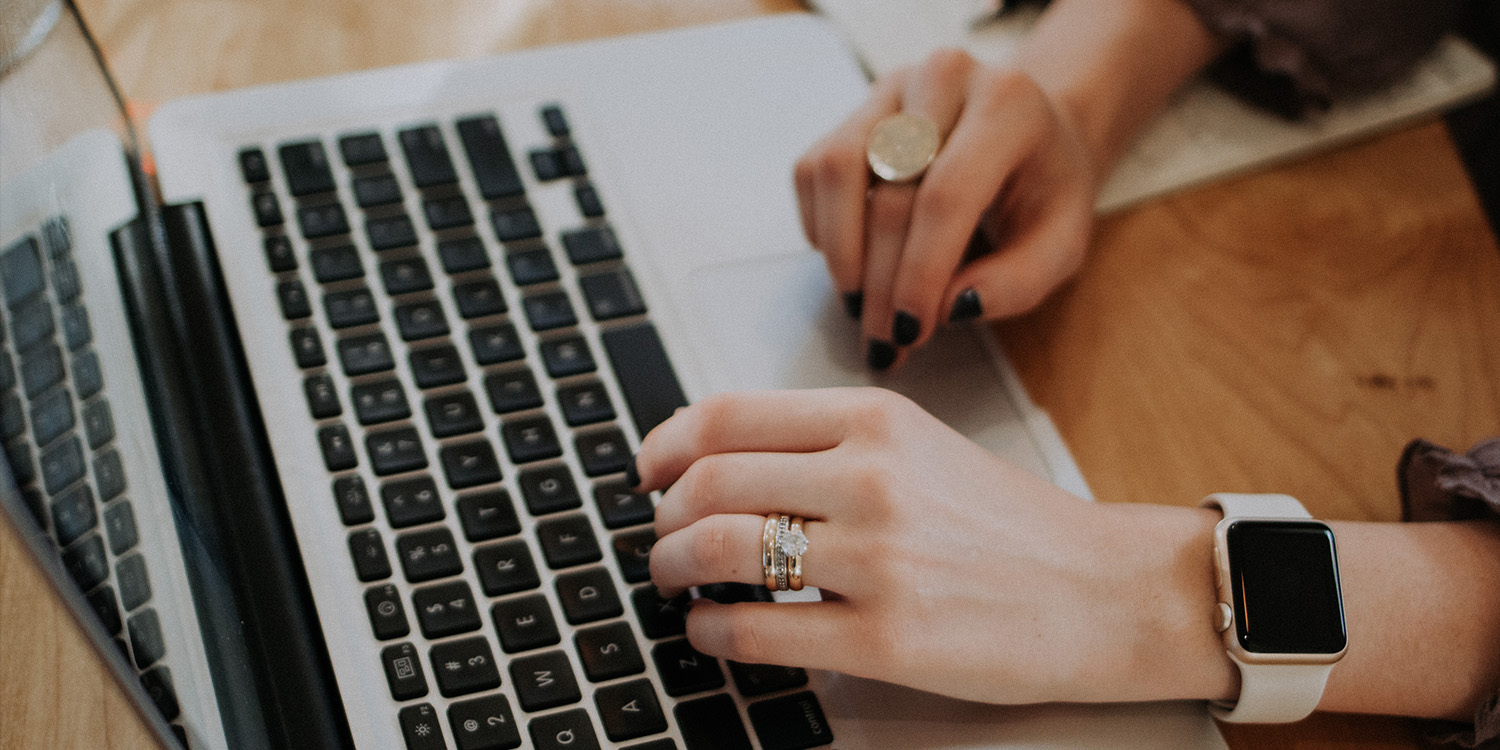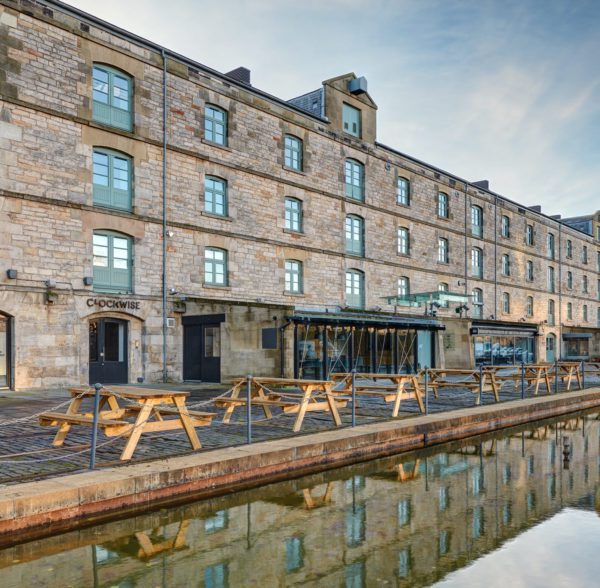You can’t say that these months of endless zoom meetings, creative desk set-ups, ‘business on the top paired with your comfiest slippers’ fashion statements and sharing a coworking space with your cat haven’t been interesting.
It is estimated that 46.6% of people in the UK worked from home at some point during 2020 and across the country, many continue to do so. Now, as we head towards the summer of 2021, companies across the UK are looking at how to adapt to new needs and ways of working.
The pandemic has exposed some home truths about the way we work and it’s looking likely that the ‘clock in, clock out’, location-dependent, 40 hour week is handing in its resignation letter.
On the other side of the coin, an Indeed survey earlier this year found that despite our newfound freedoms, there are lots of things that people are missing about office life; socialising with colleagues, in-person meetings, fewer distractions, routine and even the daily commute.
Right now, the main concerns for companies, large and small, is how to ensure a return to work for their employees that is safe, positive yet still productive. How do you keep the best of WFH whilst retaining the key elements of an enjoyable and successful office environment?
Whatever sort of future you’re looking to, be it hybrid working in Leeds, hot-desking in Manchester, coworking in Glasgow or a full return to the office in London, here are five changes we are expecting to see in the post-pandemic workplace.
Work/Life Balance
First up is possibly the biggest change of all. Less time on the daily commute and more time at home with the kids/garden/culinary masterpieces has led many to have a serious think about the work/life balance and what it means for them. This doesn’t have to be a negative for in-office productivity- contented staff with richer lives will make for an infinitely happier working environment.
Flexible Working
For many, gone are the days where the nine-five Monday to Friday working week was the only option at their disposal. People have proven over this last year that productivity is not location-specific so are looking for a more flexible approach to working life. Many can’t wait to see a return to face-to-face workdays but employee expectations will likely include at least a discussion on a mixture of WFH and in-office coworking days in the future.
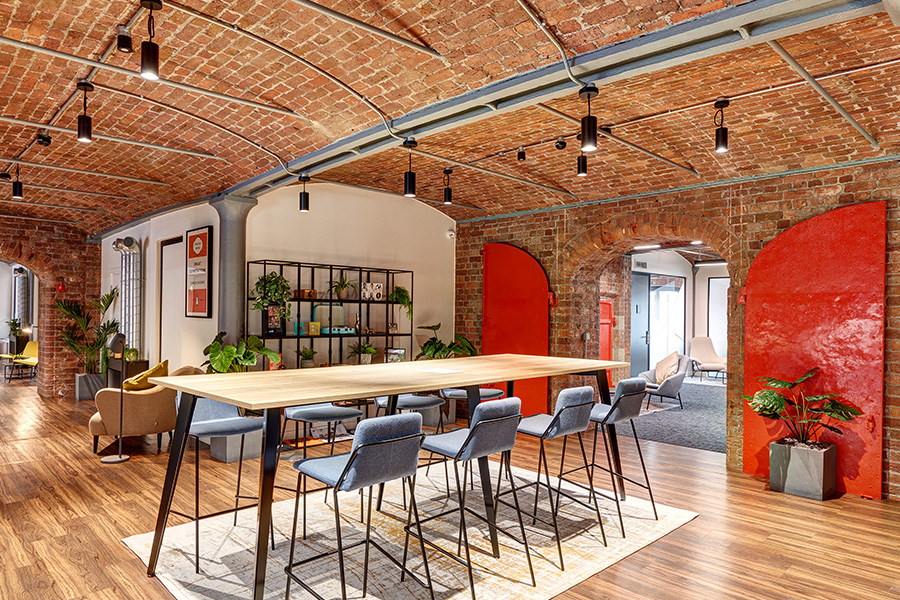
Clockwise Liverpool
Expectation Setting
Speaking of expectations, we can probably bank on the need to set them. Whilst there were factors of office life that were just implicitly understood in the old way of doing things from the length of the working day/week to meeting schedules, things are going to have to operate very differently when you have a partly remote team and/or hybrid approach to doing business.
With both your original staff and any newcomers, it is important to open a dialogue and set clear expectations on how things look moving forward- this will not only minimise anxiety and ensure clarity but also means you’ll be getting the best from your team. It is going to be of utmost importance that everybody, from those in the shared working space to those connecting remotely, starts on the same page. Remember, a dialogue goes both ways- it will also serve the business to find out an employee’s expectations of you.
Methods of Communication
Another huge change over the last year has been the necessary switch to virtual meetings and whilst we spent large amounts of time letting people know they are on mute, we have proven that we are pretty digitally proficient.
If your company is looking to continue this remote approach, the lines of communication must be kept open for all workers, even if some of the team are returning to an office space. However, these meetings should not just be for work purposes- they should also foster those small informal social interactions that happen naturally day-to-day in an office. Consider digital water coolers so staff can have informal catch-ups or regular coworking sprints in a virtual office setting.
Employee Retention
In a survey conducted earlier this year by Modern Families Index Spotlight, over half of respondents said that their continued loyalty to their employer would depend largely on how this next stage was dealt with.
It is expected that companies that take a more favourable approach to preferred working patterns and styles can expect to retain a far greater percentage of their team- which is going to be incredibly valuable as we all navigate the post-pandemic world of work.
So what’s next?
There is, of course, no one-size fits all approach to office life- what works for the small online fashion retailer may not sit quite the same for the global publishing house.
As your business starts to make plans for this new world, reach out to us here at Clockwise to discuss the best options for you. We have a fantastic range of flexible packages from virtual offices to dedicated desks and beyond to get you set up for a successful and profitable future, whatever that looks like for you.
